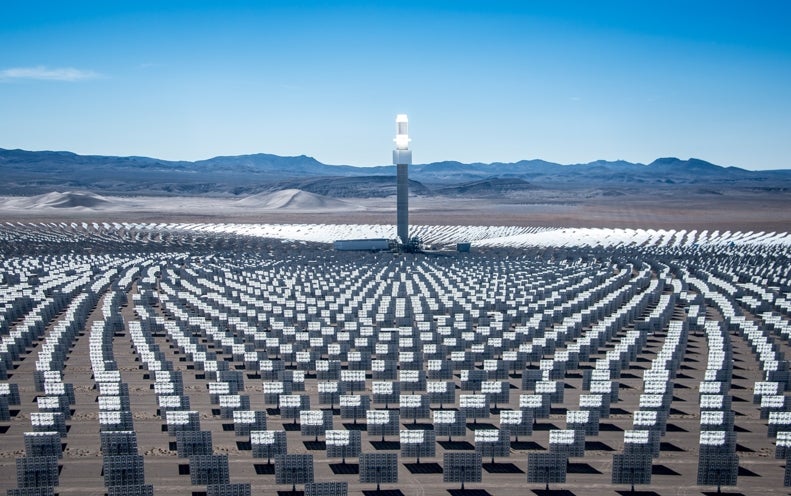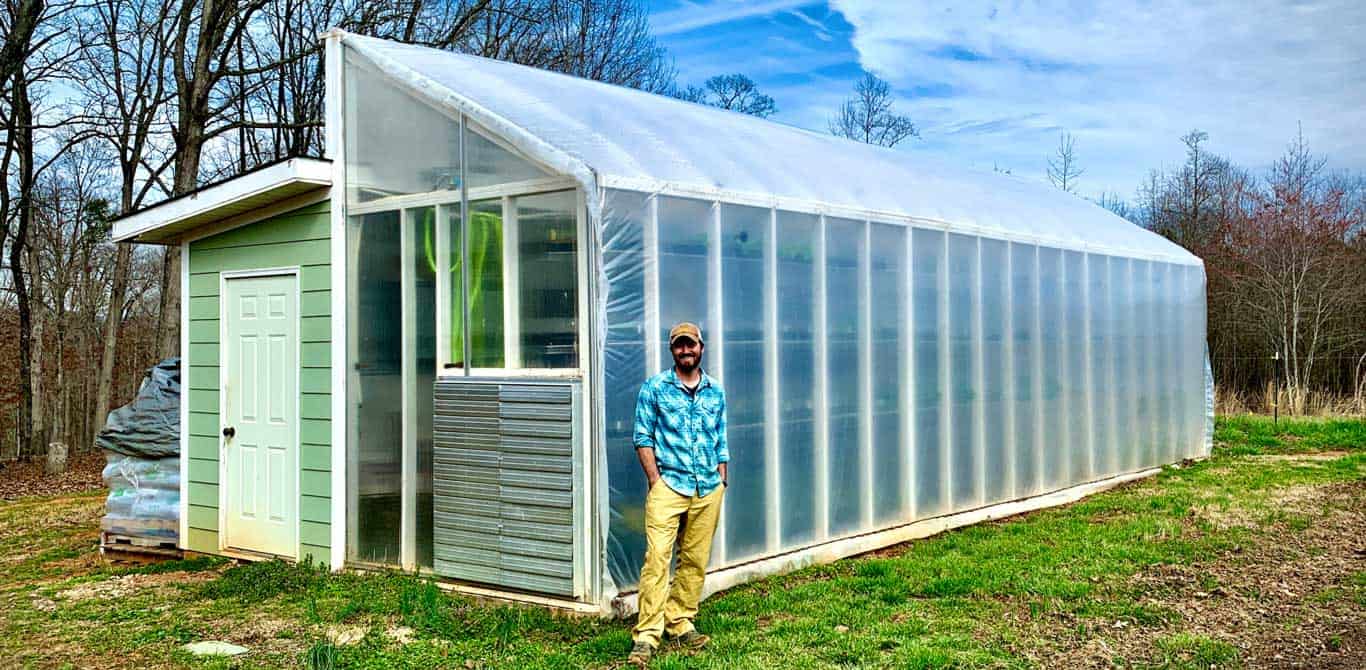
As the World is progressing day by day, we have consumed natural resources at the pace that they are on the verge of extinction. Thus, to satisfy our needs we have transited to renewable natural resources. Renewable natural resources are those that are inexhaustible and can be replenished. Such energy resources are also referred to as "Non-Conventional energy resources". Solar energy is one of them.
The direct use of solar energy was initiated 2500 years ago by the Greeks. The amount of the Sun's radiation received by Earth is enormous. On a global scale, two weeks' worth of solar energy is roughly equivalent to the energy stored in all known reserves of coal, oil, and natural gas on Earth.
Active and Passive solar systems
Solar energy may be used directly through passive or active solar systems. Passive solar systems do not require mechanical power whereas active solar systems require mechanical power. Passive solar systems are often used in architectural designs to take advantage of solar energy throughout the year. Active solar systems usually take the help of pumps or other apparatus to circulate air, water, or other fluids from a solar collector to a heat sink. Solar collectors are flat panels that are usually placed on the top or roofs to collect solar radiation. Short-wave solar radiation enters the glass and is absorbed by a black background. Long wave radiation is emitted from black material in solar panels but it cannot run away from the glass. The heat collected is then transferred to a heat sink.

Solar cell
Another important usage of direct solar energy involves solar cells or photovoltaics. It converts solar energy into electrical energy with the help of the photovoltaic effect. In the simplest form, they consist of two layers of semiconductors sandwiched together, with a barrier between them that allows electrons to flow predominantly in one direction only. 1st generation solar cells were having silicon, the 2nd generation were having amorphous silicon or non-silicon material such as cadmium telluride whereas the 3rd generation are having solar inks, solar dyes, and conducive plastics. The single junction silicon solar cells can produce a maximum open circuit voltage of approximately 0.5 to 0.6 volts. Solar cells are also utilized as photodetectors (for infrared rays), detecting light and other electromagnetic radiation and also to measure the intensity of light.
Solar tower
Solar power towers are also in use in some regions. It is also known as central tower power plants and heliostat power plants. The tower collects the sunlight. Such towers have mirrors (known as heliostats) that can adjust themselves along with the sun's movement so that the maximum amount of radiation can be received. Solar towers collect solar energy as heat but it delivers steam to the turbine which helps to produce electric energy. When steam is available in a sufficient amount, it is stored for future use.

Solar ponds
Solar ponds are used to generate a relatively low temperature of about 68°C. Two types of solar ponds are developed.
Deep solar pond- Such ponds have a depth of about 3 meters. The pond is designed to collect heat during the summer building up a bottom temperature of upto 68°C in the fall. During winter, heat can be extracted from the bottom. The pond has hot water in the bottom with the addition of salt, which makes the bottom water heavier. Circulation is restricted by the addition of salt so that the dense water remains at the bottom and not mixes with the water above.
Shallow solar pond- It has a depth of about 5-10 centimeters. The top is transparent for solar energy to pass on whereas on the bottom there is a black material that absorbs energy. The pond is insulated to prevent heat loss to soil and rocks. Thus, such ponds are solar collectors.
Solar distillation
In coastal and desert areas, solar energy is used to carry out the distillation of water. In such areas, the water is saline and is not usable for drinking purposes. Therefore, solar energy is used there for carrying out the distillation of water. In this method, solar radiation is passed through an air-tight glass cover over a basin containing saline water. Solar radiation passes through it and gets absorbed and causes the water to evaporate from the brine. Such water vapors get condensed on the roof and give a purified form of water. Then the purified water is to be collected.
Solar greenhouse
A solar grreenhouse is mostly utilized by European countries. A greenhouse consists of transparent material such as glass or plastic to collect solar radiation. Such radiation is utilized by plants. Solar radiations can pass through the transparent material but the thermal radiations emitted within the greenhouse cannot escape and thus, maintains a warm temperature. As it has a close boundary, the air gets enriched with carbon dioxide and there is less moisture due to reduced transpiration. All these are advantageous for the growth of plants.



























